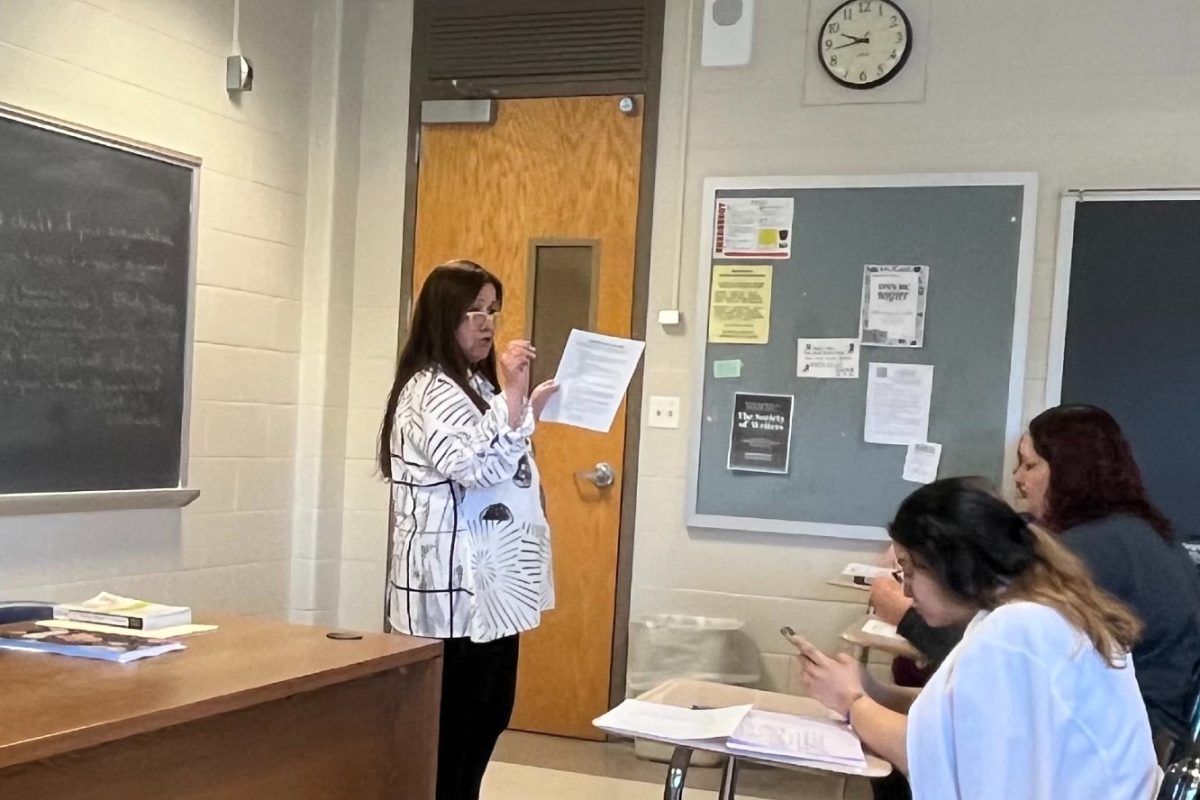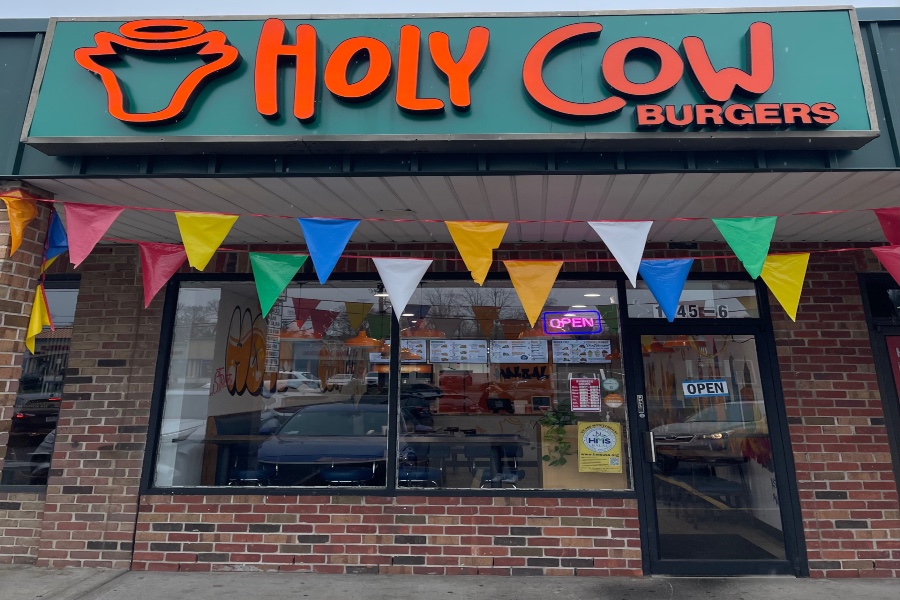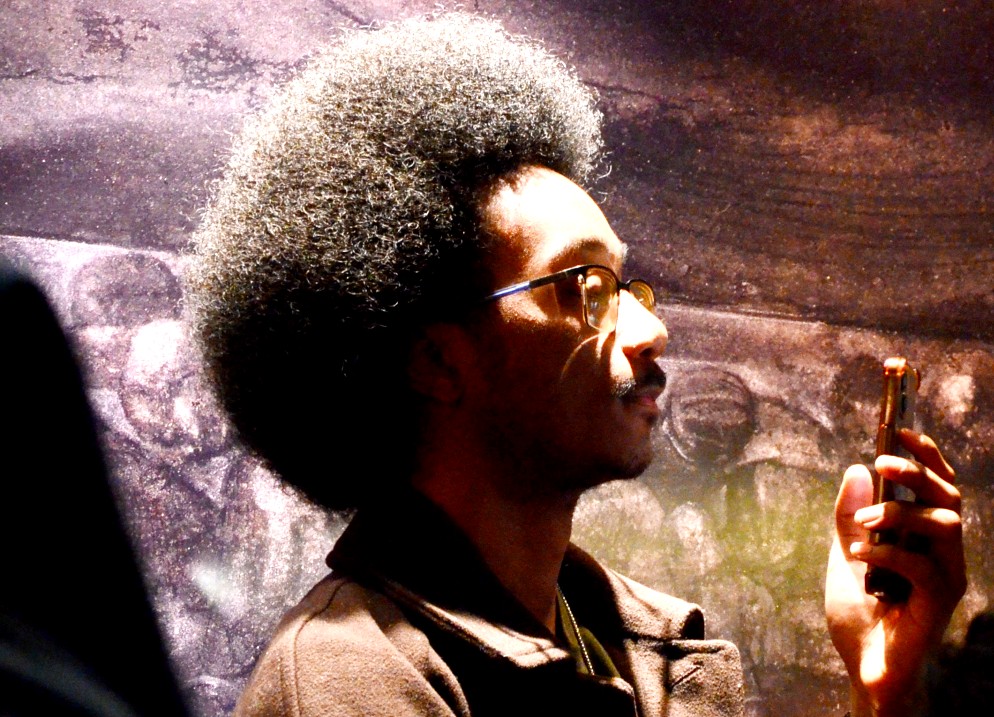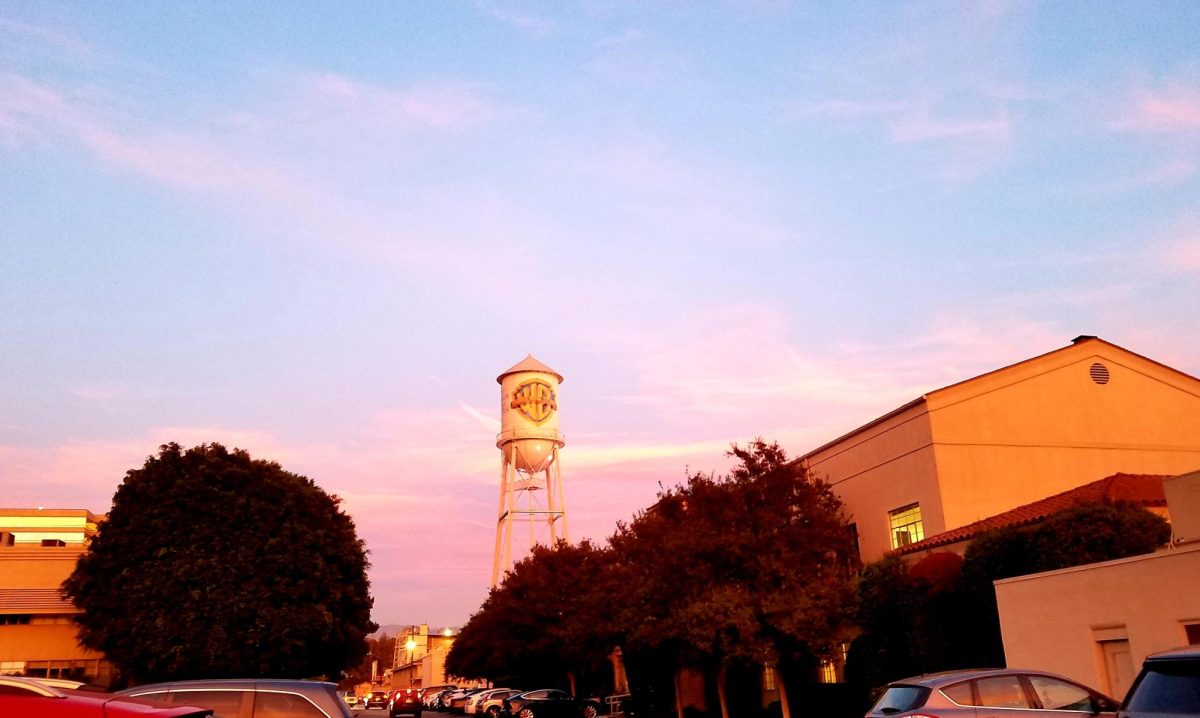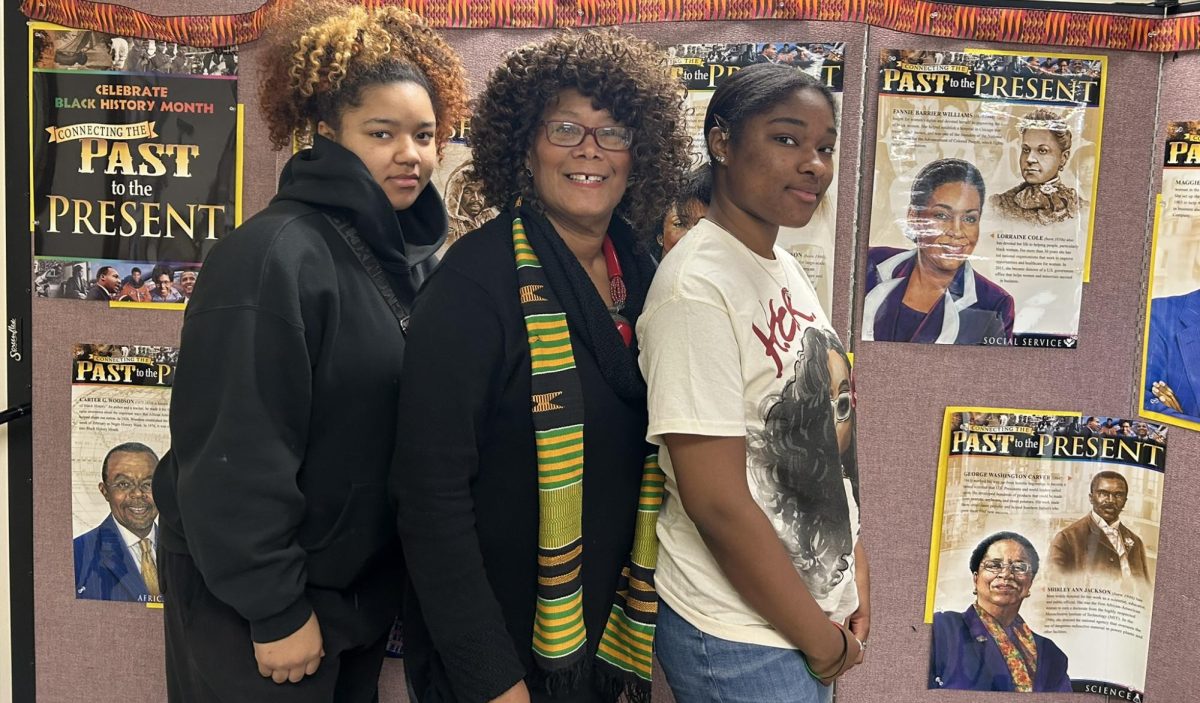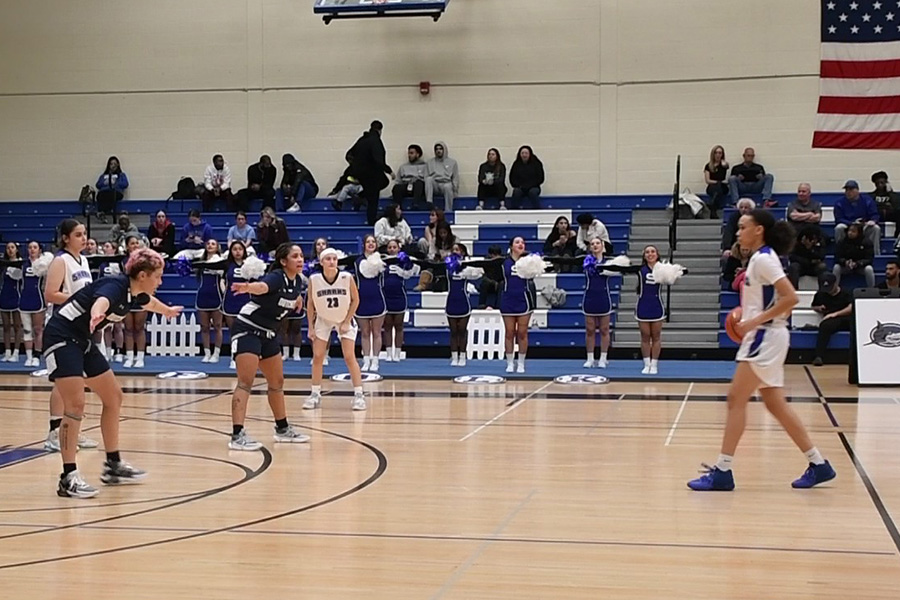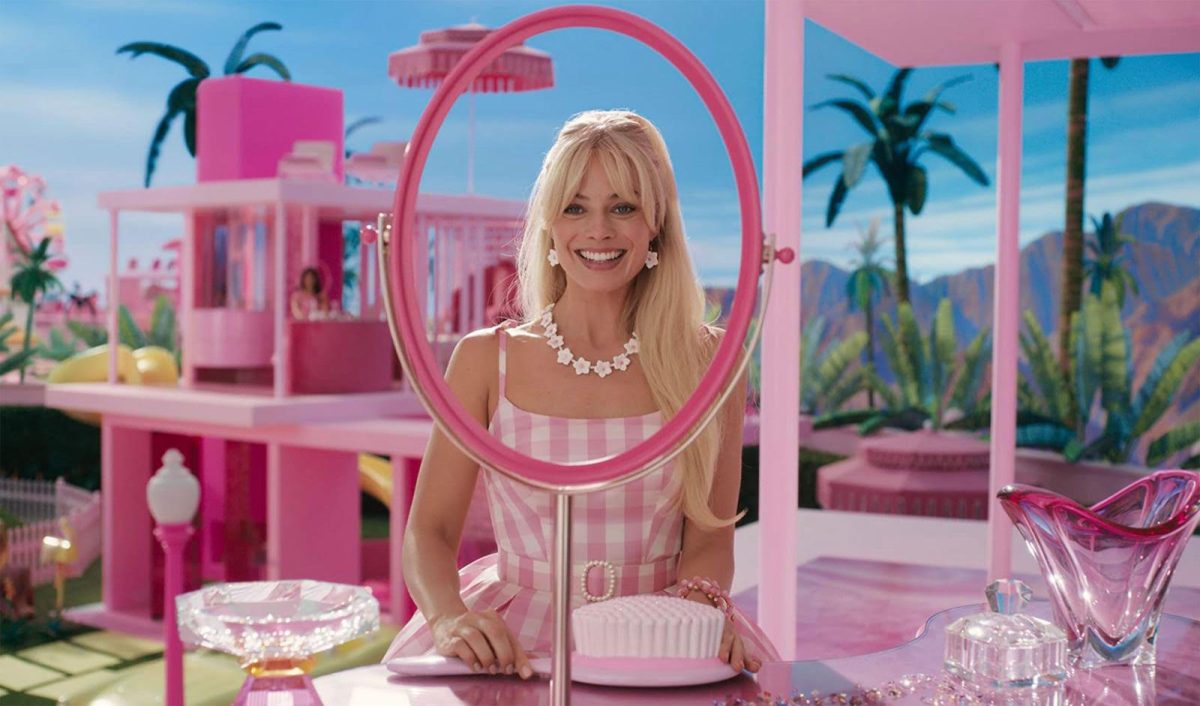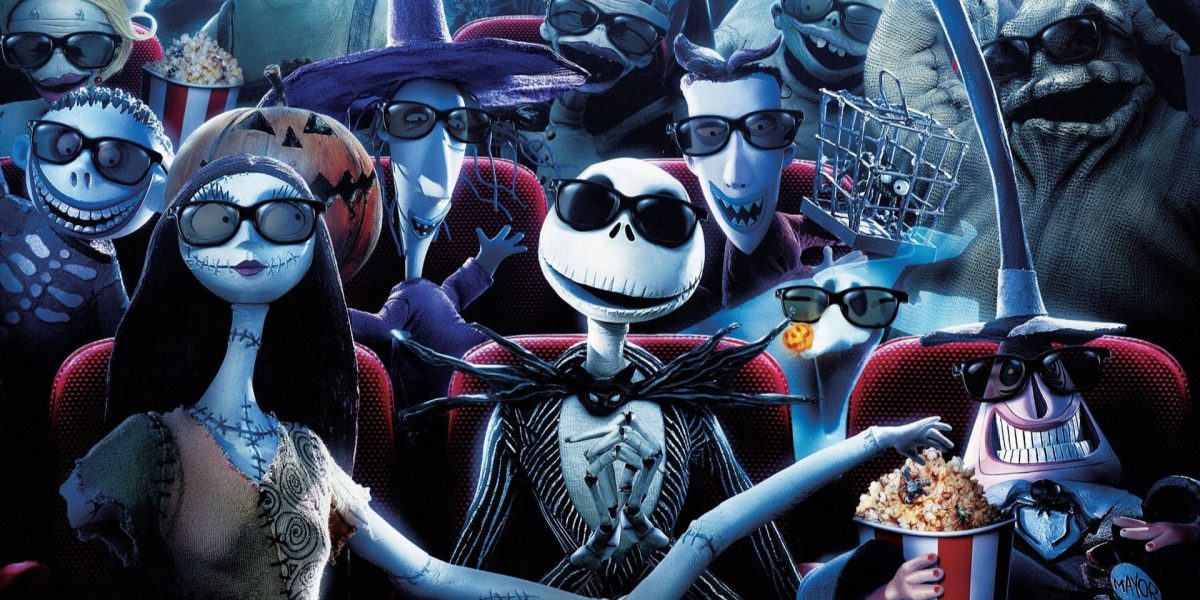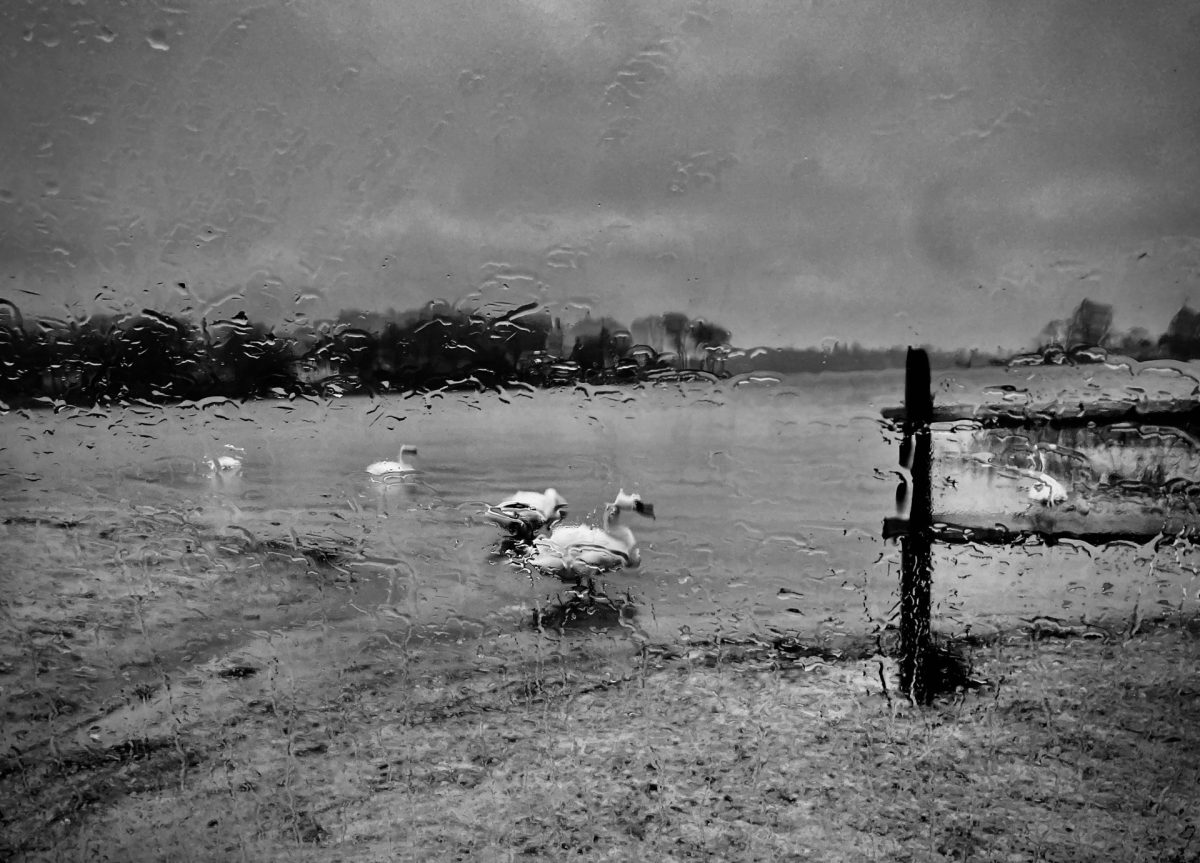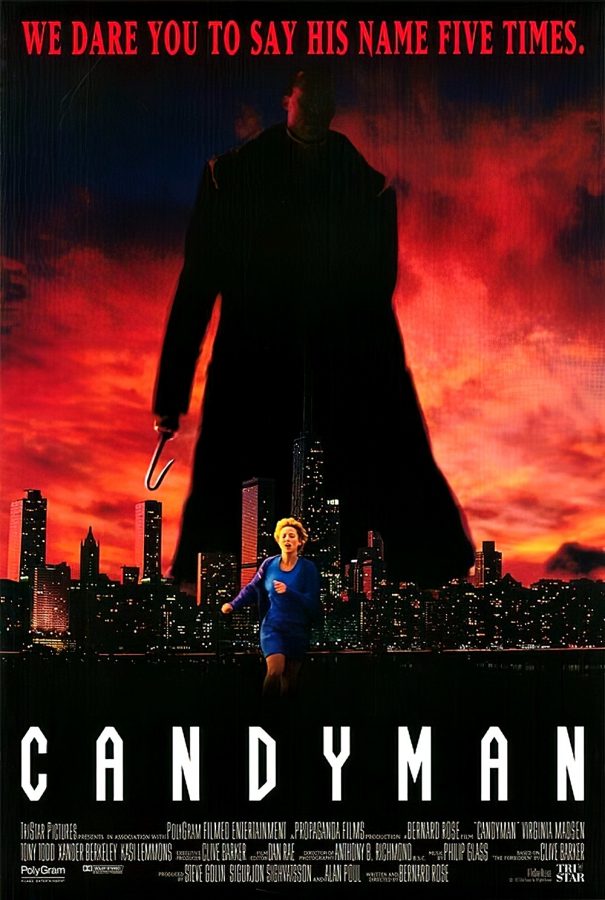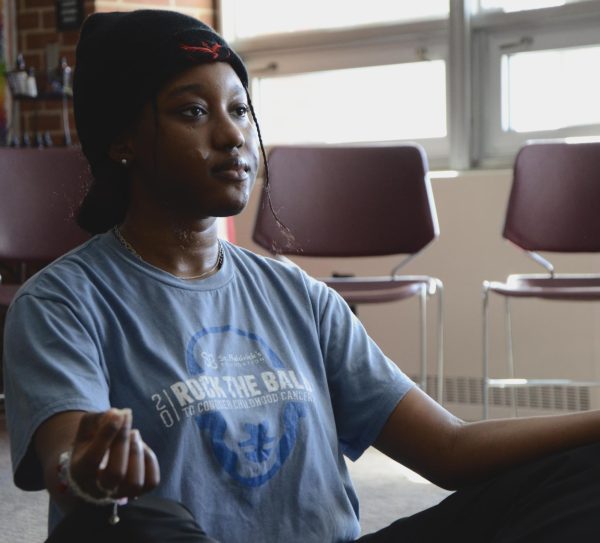Why We Need to Keep Saying His Name
November 10, 2021
While Jordan Peele and Nia DaCosta’s Candyman has received critical and box office kudos, its important to note that while the 2021 Candyman is extremely relevant to what’s going on in American society today, many of the same themes are also imbedded in Bernard Rose’s original Candyman film. Both films are based on horror icon Clive Barker’s short story “The Forbidden,” which takes place in Barker’s hometown of Liverpool, England and focuses on a university student named Helen. Helen is researching her thesis on the rhetoric of graffiti and ventures into a housing estate populated by poor and working-class people to study the anonymous writings on the walls. Much of the graffiti mentions “Candyman” and Helen starts to connect this mythical figure to a serious of violent attacks and murders plaguing the dilapidated complex. The fearful residents refuse to speak about the spectral killer and Helen’s probing into the legend brings her face to face with Candyman. For the 1992 adaptation, director Bernard Rose kept the overall outline of the original story but moved the setting to the Unites States and added racial issues as well as additional social criticism to Barker’s narrative. Rose chose Chicago (one of the most segregated cities in the U.S.), specifically the public housing project of Cabrini-Greene as the backdrop to the creation, manifestation, and continuance of an urban legend. Cabrini-Greene was one of the most notorious apartment houses in the U.S., with a high rate of poverty, crime, gang violence, and drug abuse. Much like what Stanley Kubrick did with Stephen King’s novel The Shining, Rose elevates Barker’s story into a critique of the connections between race, class, and trauma in the U.S., uncovering the unhealed historical and social wounds created through hundreds of years of oppression. Candyman’s transformation from human being into folk villain results from the punishment for an interracial relationship that crossed not only racial but class boundaries as well. Candyman has become part of the ‘urban wyrd,” an expression of the urbanized and gentrified horrors that lurk under paved streets, down dark alleys, stalking abandoned buildings, and haunting public parks. Candyman is a terrifying warning of the price one pays for transgressing the forbidden, crossing strict racial and class lines, especially if the transgressor is a member of a vilified, downtrodden group. Although the film is titled after Candyman, Helen is just as important if not more important than the titular “monster,” as she becomes the vessel through which the story of a historical tragedy will endure, resonating for people who are still victimized and exploited. Although Helen is white and upper class, the fact that she is a woman that has been deceived, belittled, and subjugated by the men and patriarchal institutions in her life makes her a worthy successor for reminding current urban dwellers of the pain and suffering that resulted from the injustices of Candyman’s torture, mutilation, and murder. These agonizing incidents formed Candyman, and now have forged the legend of Helen too, and their stories will continue, resonating for people who have been, still are, and may be persecuted and exploited in the future. The figures of Candyman and Helen will continue to extend their unholy existences until the racial, social, and gender abuses that created them are brought to light. In 2011, Cabrini-Greene was demolished by the Chicago Housing Authority. Perhaps the ghosts contained in that building of misery and degradation have at long last been freed, and yet the story of Candyman is still stubbornly with us, waiting to be finally exorcised for good. Until that day, his name and the historical crimes committed against him will continue to possess us.

